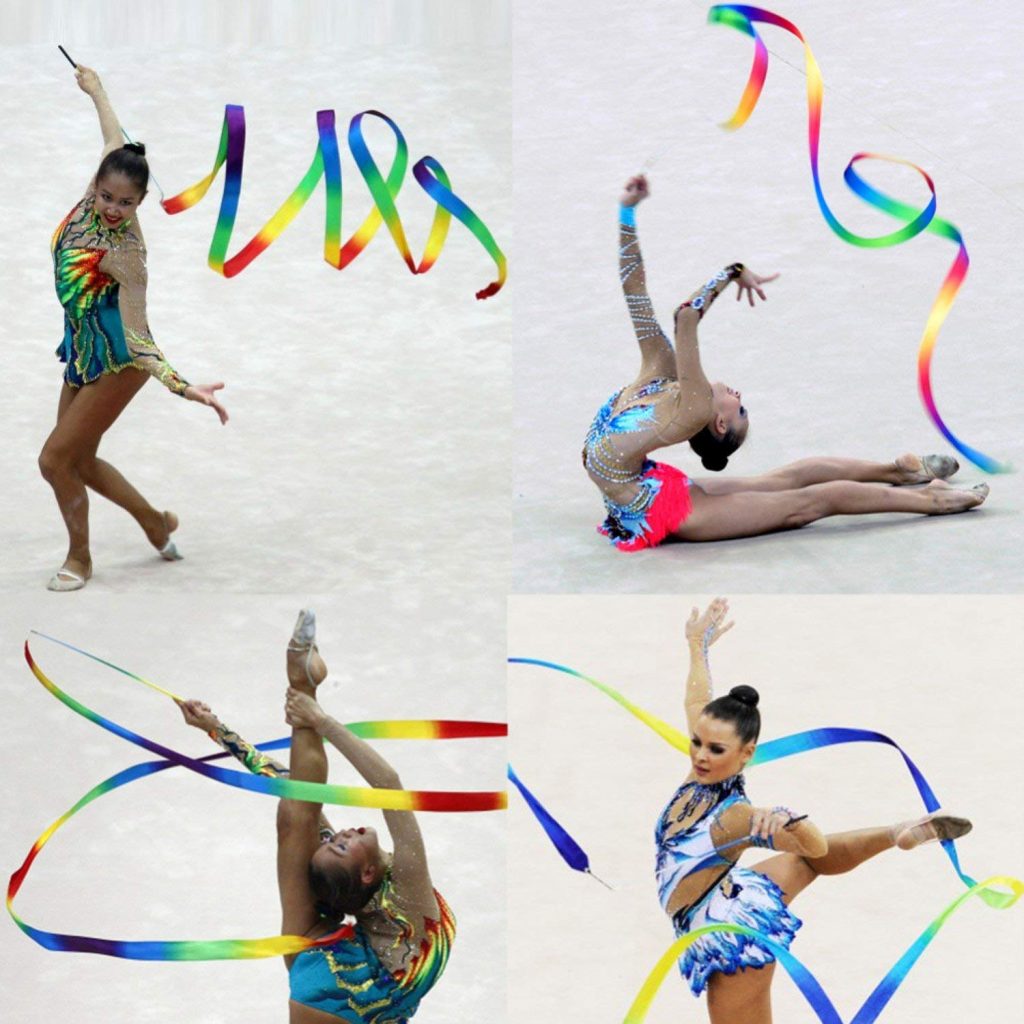HISTORY
The ancient Greeks considered art gymnastics as the perfect symmetry between mental and physical. Modern gymnastics evolved rapidly by the end of the 19th century.
PHILOSOPHICAL BEGINNINGS
Plato, Aristotle and Homer are those advocated for strengthening the qualities of gymnastic activity. The Greeks considered symmetry between the mind and body was possible as long as physical exercise was combined with intellectual activity.
REBIRTH
The term “artistic gymnastics” dated back to the early 1800s to differ free-flowing styles from military training techniques. Gymnastic competitions start to become popular in schools and athletic clubs around Europe and made an official return when the Olympic Games were reinstituted in Athens in 1896.
ROCKS AND CLUBS
Between 1896 and 1924 the sport evolved into what we now call modern art gymnastics. Among those disciplines discarded, there were popular disciplines including club swinging, rock lifting and even swimming, which appeared in 1922.
CHANGING TIMES
In the early days of artistic gymnastics at the Games, participants often trained in ballet, and would reach their peak performance in their 20s. Nadia Comaneci’s and Nellie Kim got perfect scores of 10 at the 1976 Montreal Games, when they were 14, beginning an era of younger champions, trained specifically in art gymnastics from childhood time, although gymnasts must now be at least 16 to compete in the Olympic Games.

OLYMPIC HISTORY
Artistic gymnastics appeared at the very first Olympic Games in 1896 in Athens, and has been included at every edition of the Games since then. At the early day, it consists of disciplines that are hard to consider as “artistic”, such as climbing and acrobatics.
The foundations of the programme were established at the 1924 Games in Paris, when the men’s individual and team competition are made official. In 1928, women were allowed to compete in the Amsterdam Games. It was not until 1952 that the women’s programme was permitted, with seven events, and then reduced to six events from the 1960 Olympic Games in Rome.